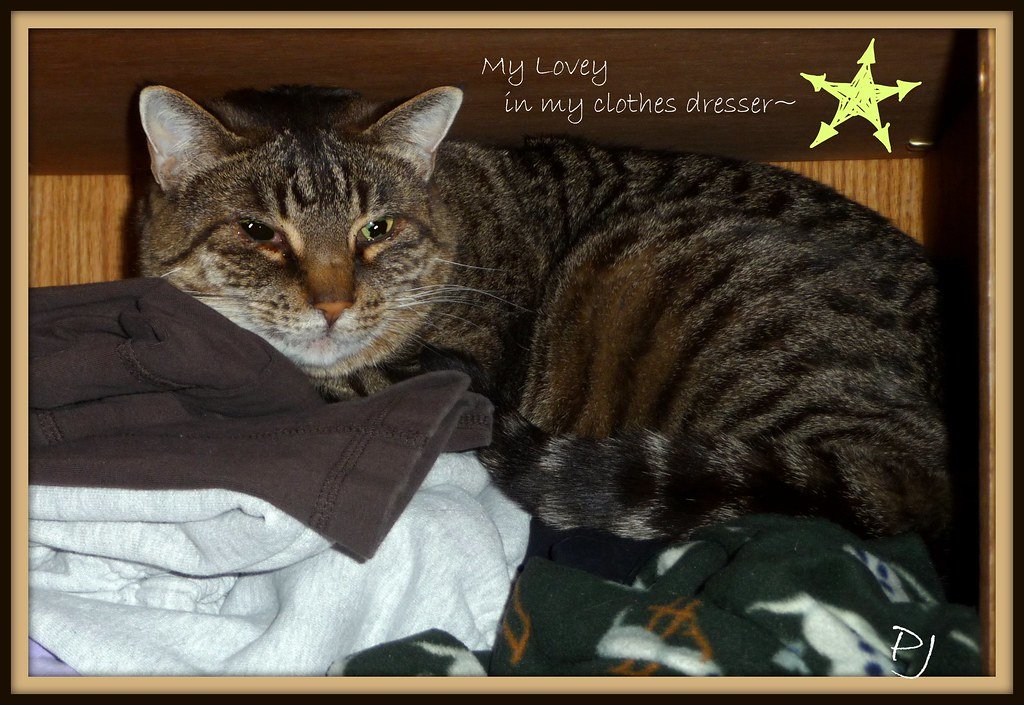Have you ever watched your sweet, whiskered friend melt into a puddle of nerves over a sudden noise, a new visitor, or even a suitcase dragged from the closet? It’s heart-wrenching. Our feline companions are experts at hiding stress, but if you know what to look for, their tension is as clear as an arched back or flicking tail. Let’s unwrap eight simple, genuinely effective ways to help your cat find peace when the world feels a little too loud.
1. Create a Safe Hideaway

Cats crave security, especially when they’re overwhelmed. A cozy hideaway—whether it’s a cardboard box, a covered cat bed, or even a quiet spot under your bed—gives your cat a safe haven to retreat to when things get stressful. Think of it as their personal “do not disturb” sign.
You’ll often notice a stressed cat slinking off to a dark corner or burrowing under blankets. Respect their need for space. By providing an accessible, comfy hideout, you’re telling your cat, “It’s okay, I’ve got your back.” This simple gesture can work wonders for their sense of safety.
2. Soothing Sounds and Gentle Voices
Just like us, cats can find comfort in soft, steady sounds. Gentle music, nature sounds, or even a softly humming white noise machine can drown out household chaos and help them relax. If you’re around, speak in a calm, reassuring tone—avoid sudden, loud exclamations.
A cat’s ears are tuned to every squeak and thump, and harsh noises can send their stress levels soaring. Try a playlist made for cats or simply chat with them in a soothing voice. You might notice them blinking slowly or kneading their paws—signs they’re starting to unwind.
3. Feliway and Calming Scents
You might have heard about pheromone sprays or diffusers like Feliway. These products mimic the natural “happy” scents cats leave when they rub their cheeks on things. Plug one in or spritz your cat’s favorite room, and watch them visibly soften.
A stressed cat may over-groom, hide, or even stop eating. If you spot these signs, a calming scent can help. I’ve personally watched my own anxious tabby settle down within minutes of plugging in a diffuser. It’s like a spa day for their nerves.
4. Gentle Petting and Slow Blinks
Sometimes, touch is the best medicine. Slow, gentle strokes along your cat’s back—especially when paired with soft words—can bring down their stress levels. But watch their body language: If they’re tense or swishing their tail, wait until they’re ready.
Try “slow blinking” at your cat. This is a feline way of saying, “I trust you.” If your cat blinks back, it’s a sign they’re starting to relax. It’s a tiny moment of shared calm, and honestly, it feels like a secret handshake just for the two of you.
5. Interactive Play Sessions
A bored cat is an anxious cat. When stress strikes, grab a wand toy, a feather, or a crinkly ball and start a gentle play session. Play helps redirect nervous energy and reminds your cat that good things still happen, even when the world feels scary.
Keep sessions short and sweet—let your cat set the pace. If they’re hesitant, wiggle the toy slowly or let them “hunt” from the safety of their hideaway. You’ll often notice their tail start to lift and their posture perk up as their confidence returns.
6. Predictable Routines and Gentle Transitions
Cats are creatures of habit. Sudden changes in feeding times, litter box location, or household routines can make them feel like they’re living in a funhouse. Stick to consistent schedules for meals, play, and cuddles to give your cat a reassuring sense of control.
If a change is unavoidable—maybe you’re moving or introducing a new pet—ease them in gradually. Bring out moving boxes days ahead, or let them sniff new scents from behind a closed door. Small steps help keep their stress in check.
7. Elevated Perches and Vertical Spaces
When the world gets overwhelming, cats instinctively seek higher ground. Offering window hammocks or sturdy cat trees gives them a place to observe from a safe distance. Up high, they can watch the action without feeling cornered.
You’ll notice anxious cats gravitating to bookshelves or the tops of cabinets. Providing safe, intentional vertical spaces can make your cat feel like the king or queen of their castle—and reduce their urge to hide in less safe spots.
8. Mindful Health Checks and Vet Guidance
Sometimes, stress signals something deeper. Excessive licking, hiding, or changes in appetite can point to illness as well as anxiety. Regular health checks at home—gently feeling for lumps, watching litter box habits, and monitoring eating—can catch problems early.
Don’t wait if your cat’s stress seems extreme or persistent. A quick call to your vet can rule out medical issues or suggest additional calming strategies. Your intuition and quick action can make all the difference in their well-being.

Esther is from India; the heartbeat of South Asia, holding a Master’s degree in Zoology and a postgraduate diploma in Animal Welfare. Her enthusiasm for animal welfare drives her passion and dedication to working for animals, ensuring their well-being, and advocating for their rights. With a solid academic background and hands-on experience, she is committed to making a positive impact in the field of animal welfare. In her free time, she enjoys embroidery and sewing. As a Chennaite from Tamil Nadu, Esther loves Bharathanatyam, an Indian classical dance form.





